How to trim strawberries?
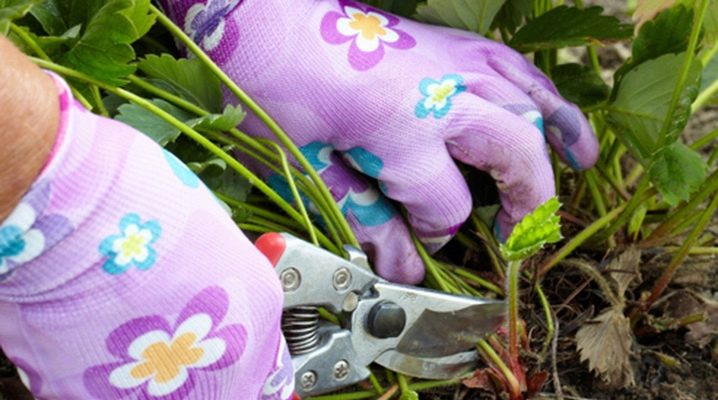
Strawberries are one of the favorite berries for many. This is a herbaceous crop that requires special care, which means that you need to know the intricacies of pruning strawberries, when to carry out the procedure and why it is required. Here's some useful information on how to prune strawberries yourself to get a rich harvest.
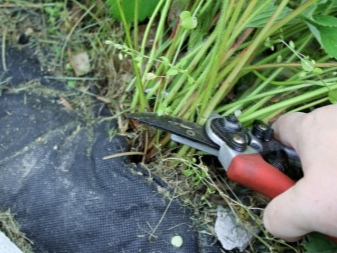

Do I need to carry out the procedure?
There is no consensus among gardeners about pruning strawberries, some believe that disrupting natural processes is fraught with negative consequences, and someone suggests that this will only improve fruiting, so it is difficult to do without the procedure. In justification of the latter, several arguments should be noted that can serve as an impetus for the proper care of berry bushes.
The leaves of the plant have a lifespan that lasts up to 2.5 months. Then photosynthesis gradually slows down, the leaves begin to turn red and stained, while they draw out the necessary juices.
It is safe to say that you need to get rid of such ballast, since a thick green mass does not mean that strawberries will be in large quantities.
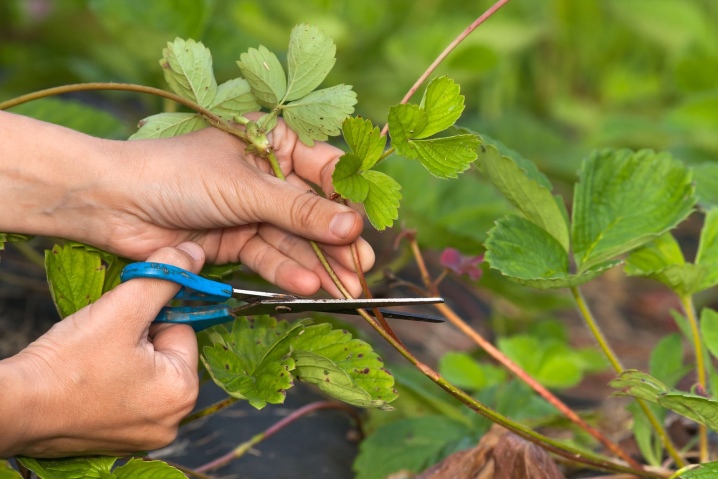
Many nutrients are concentrated in the root system, they strengthen and develop the plant. If the roots are thick, they have enough vitamins, which are stored until the next year.
In some cases, all the foliage is mowed from the beds using a trimmer, but this procedure must be carried out before young leaves appear. Thus, pruning is recommended to increase crop resources.
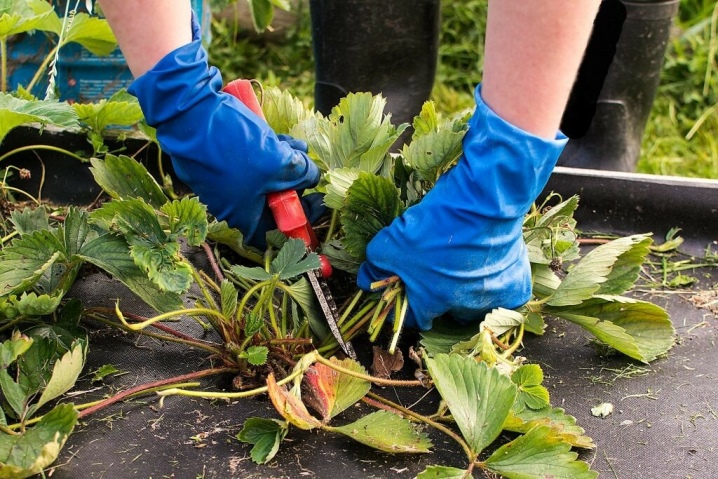
Instruments
A set of inventory plays an important role in solving this problem. You can use a sickle or choose garden shears. It is important to make sure that the blades are well sharpened so that the device will not tear the leaves.
Before using the tool, it is important to treat it with an antiseptic or boiling water to protect the bushes from infection.
If you plan to do planting and grooming regularly, stock up on professional equipment that can last for many years, performing its task efficiently.

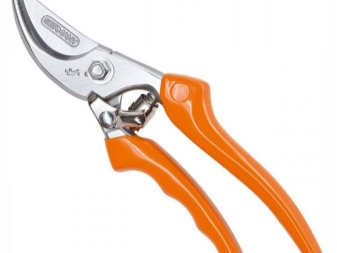
How to trim correctly?
To begin with, it is necessary to clarify that pruning can be carried out after harvest and before fruiting, while it is important to observe clear terms.
In the spring
Early spring is suitable for the primary pruning of strawberries, as this will prepare the bushes for further development and a good harvest. As soon as all frosts have passed and the ground becomes softer and drier after precipitation, you can begin the procedure. It is important that the visibility of the beds is maximized.
You can work with young strawberries with a stationery knife, use garden gloves. When pruning, you need to be careful not to damage other leaves, as this will affect the yield.
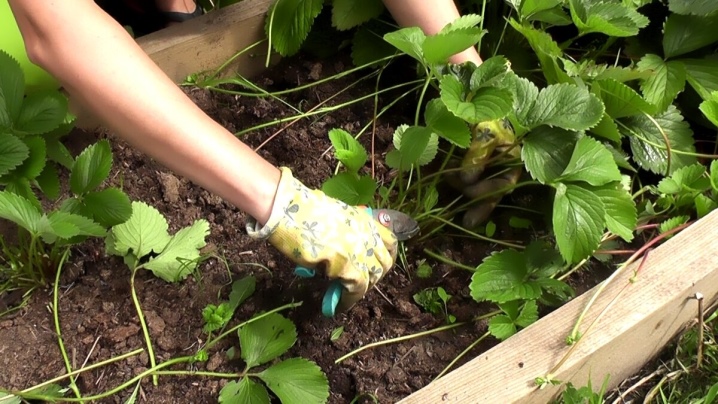
You need to remove what looks dry, frozen or rotten - this way you prevent possible diseases and even the death of the culture.
Thanks to pruning, you can clear the beds, then the leaves will not get confused with each other, and harvesting will be affordable. If there are fallen leaves on the soil that have remained from last year, they must be removed.
Spring pruning consists of removing the whiskers of the plant that grow in the fall. This is necessary in order for the shoots to be redirected to new rows - this way you will get more berries.The first bed can be maternal, the distance between it and the rest should be about 35-40 cm. You will need to find secondary shoots that come from the first whisker, the main stem must be pulled out manually.
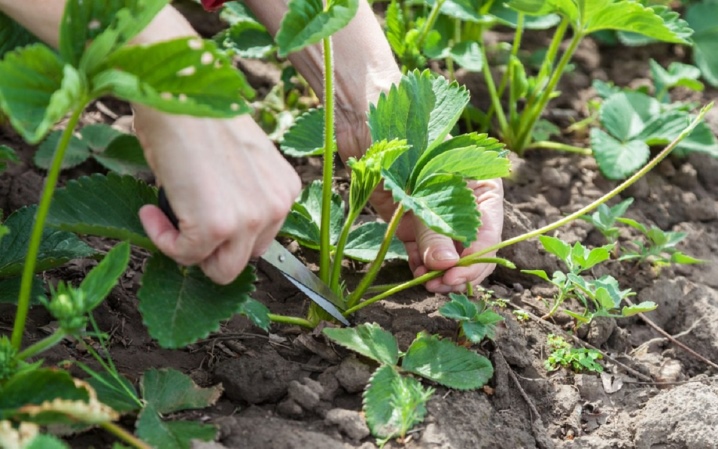
As for the timing of spring pruning, it all depends on the climatic conditions of the zone, since in some cases it is possible to start in March, and in the northern regions, April is more suitable for this. As soon as you cut out diseased and wilted leaves, take a break, the plant should form and gain strength.
It is safe to say that spring pruning directly affects the further growth of culture and fruiting. Thinning of the beds is important and must be done every spring.
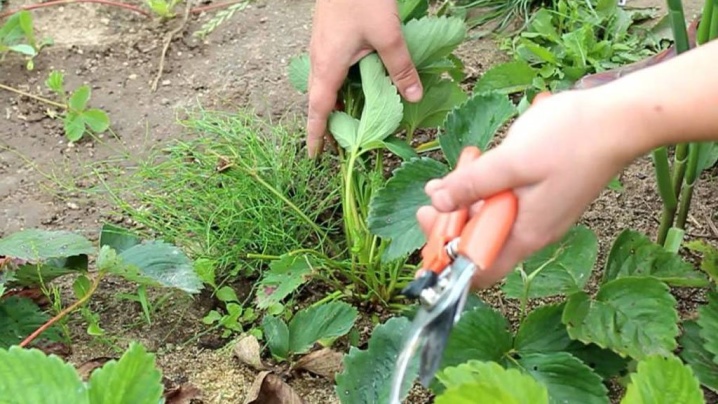
Summer
This is the time when strawberries ripen and give pleasure to everyone who cannot imagine their vacation without them. During this period, the bush needs strengthening.
After you have harvested the entire crop, the plant needs the same care as before the berries ripen.
How well the pruning will be done in July, the berries will be so rich next year.
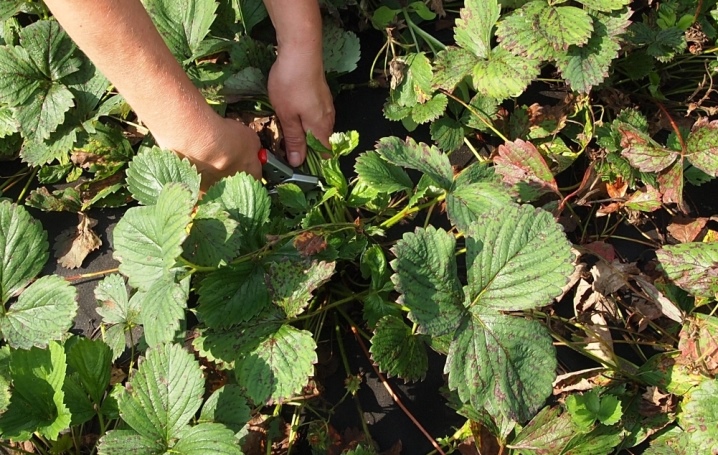
The action plan is as follows.
- First you need to cut off all the peduncles, mustaches and leaves, weed the beds, removing the weeds, then loosen the soil and water it abundantly.
- At this time, it is important to fertilize with nitrogen, and a little later use potassium with phosphorus to saturate the soil with minerals.
- In August, it is required to carry out treatment with drugs that will protect strawberry bushes from pests and various diseases.

In autumn
Many people wonder if pruning is worth doing at this time of year. Experts say that these are mandatory measures. The plant needs to be cut back to the mother bush to prevent depletion. Some growers leave a mustache to allow for reproduction, but this can reduce the quality of the crop.
At the end of the season, the seedlings are often mown, it is enough to leave only 5 cm, so you need a lawn mower where you can adjust the height. Take care not to damage the root system of the plants.
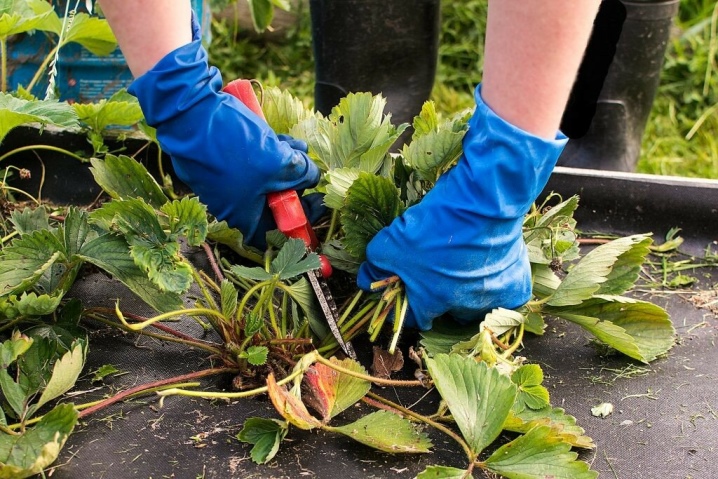
An important step is preparation for frost; it is necessary to protect the strawberries from temperature drops.
For this, it is recommended to use mulch - so the fruit buds, root and crown will be reliably closed from frost. The procedure should be carried out before the temperature drops below zero.
It is important to note that early application of mulch will also not be beneficial, as the plants will stop growing and the roots will rot. The best material is straw and hay, foliage is not suitable, it does not allow breathing. Plants must harden before the harsh winter sets in. The depth of the protective layer should be about 10 cm.
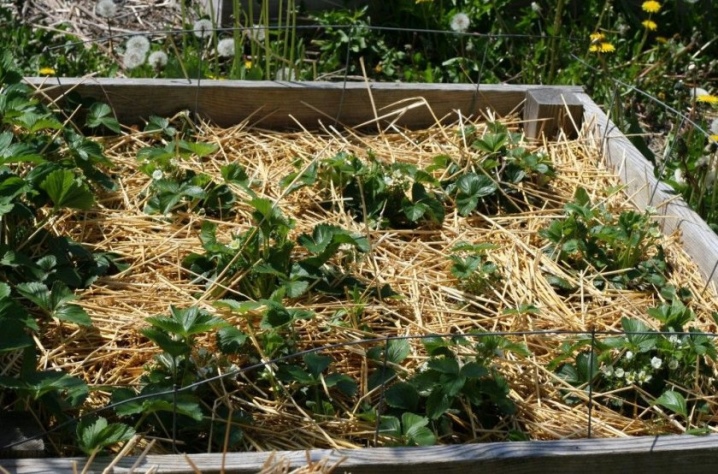
Useful Tips
To harvest a rich crop, you first need to properly fertilize the plant, tear off excess foliage and thoroughly water the soil. Once you've trimmed everything off, it's important to take care of your further care. Agronomists use warm water to water the trimmed bushes every day, if it's not too cold outside. Drip irrigation is the best option, so if you have a watering can with a small nozzle, use it to irrigate the soil.
Strawberries can be capricious, they are often subject to various diseases, and also attract pests. That is why it is necessary to treat the soil under the bushes with special preparations.
If bugs are found in the soil, they must be destroyed, as they can multiply quickly and harm the future harvest.
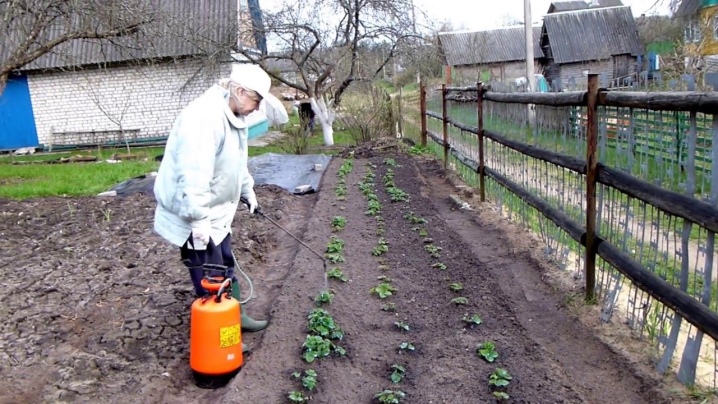
Before fertilizing, it is important to loosen the soil between the beds. Mullein will be an excellent top dressing, which is poured under the roots. For insulation, you can use not only straw, but coniferous paws; experienced agronomists take a special covering film.
It is forbidden to pull out shoots with your hands, this injures the bushes and violates the root system. Along with pruning, it is important to thoroughly clean the weeds, so weeding goes along with this procedure.

Common mistakes
There are some mistakes that beginners often make.
- For example, many do not consider it important to handle the tool, and this can lead to the death of the plant, since there is bacteria and dirt on the blade that infects fresh sections. In addition, in this way, diseases are transmitted from one bushes to another, for example, strawberry mite.
- The stems should not be cut too short, this will damage the growth area, therefore the formation of the ovary will be greatly slowed down.
- To begin with, it would be a mistake not to read all the recommendations, take into account the pruning season and many subtleties.
If you follow the instructions, then you are guaranteed to get a rich harvest, strawberries will not only be beautiful, but tasty, and most importantly - healthy.
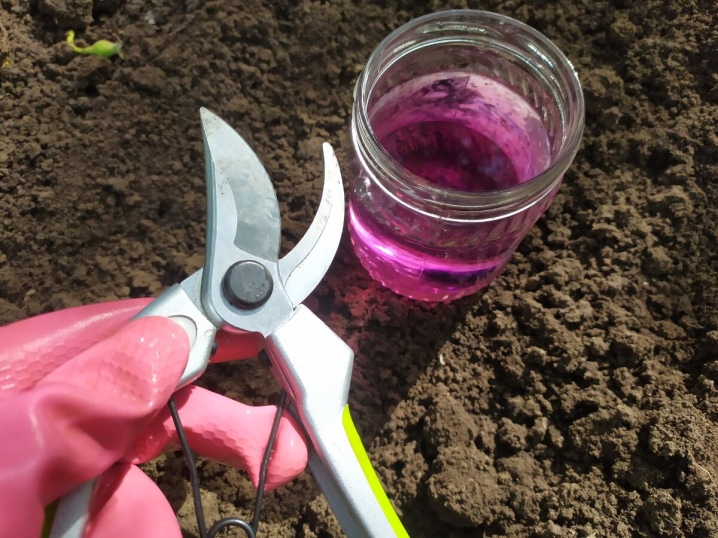













The comment was sent successfully.